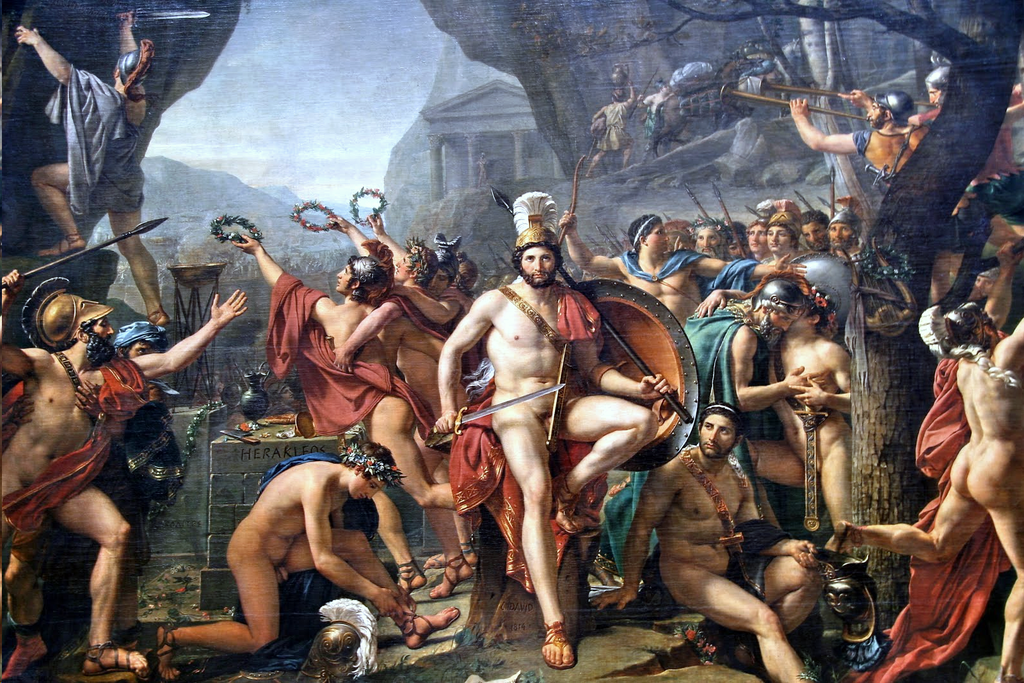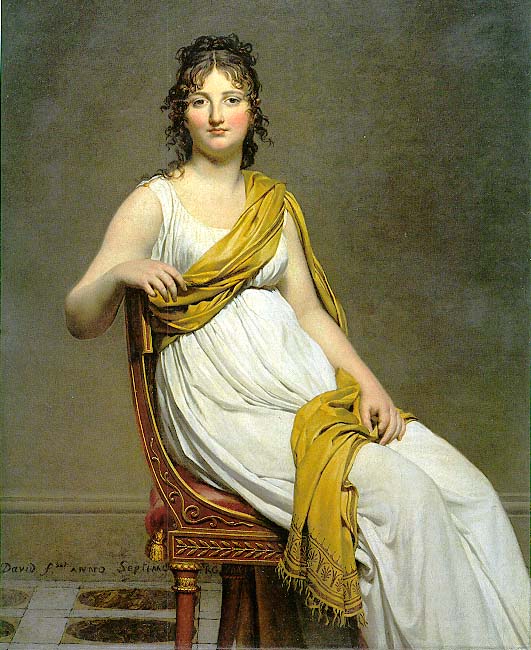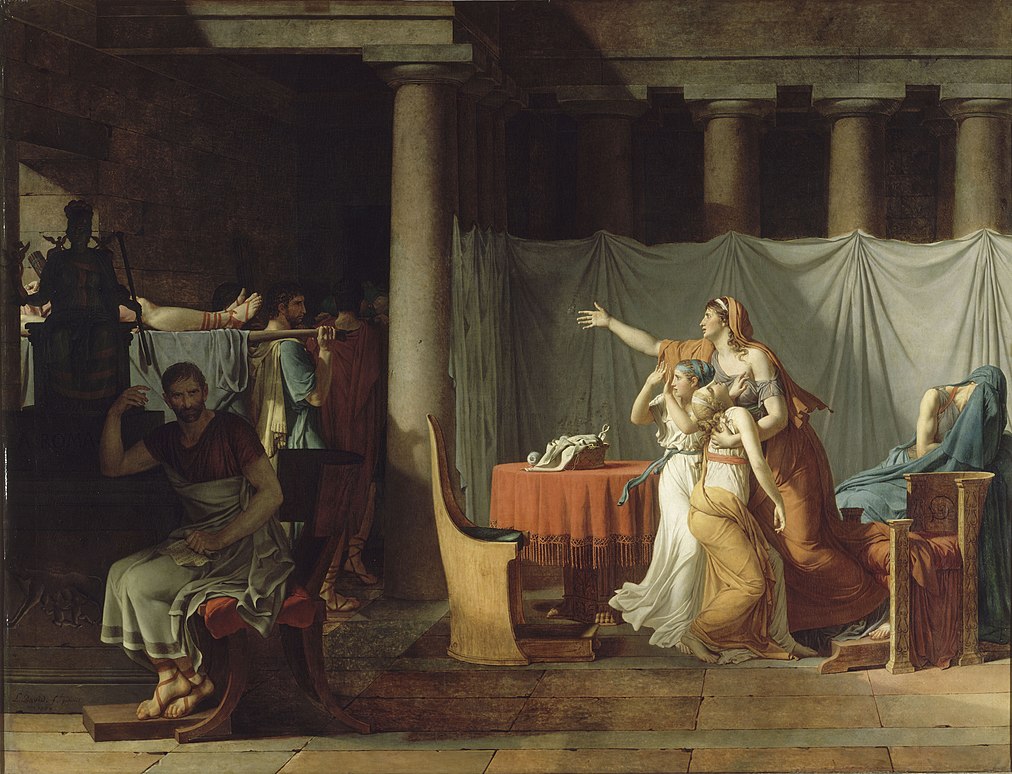Merry Ole England Reborn:
How the Victorians Made the Middle Ages Cool Again
By
J.T.M. Griffin
Those of you who know me personally
may know that I’m involved in several communities, including San Antonio
Neo-Victorian Association, my city’s premier club for steampunks (Victorian
science fiction enthusiasts… or, people who use Jules Verne as a pretext to
wear top hats and brass goggles in public). “Why Victorians”, you ask? “Aren’t
they the horribly repressed British people who invented ugly wallpaper, got
horny over women’s ankles, and conquered all non-white people on earth?”
Well, yes. But as sci-fi fans, steampunks
and neo-Victorians generally prefer to celebrate the ways in which the Victorians
shaped the future. They think of steam engines, Darwin, Ford, Tesla, electric
power, industry, progress, SCIENCE! Modern values, but of course, they were
more stylish. What gets lost in the shuffle is how those same Victorians hated
the change their new toys brought, with its newfangled smog, urban unrest, and wage slavery. They turned to the simplicity,
chivalry, and splendor of the Middle Ages.
 |
| Queen Victoria and Prince Albert in an early example of Renaissance Faire chic, 1842. |
The Revolution is Over
“You
can take that liberty, equality, and brotherhood of yours and shove it up your
arse.” –Arthur Wellesley,
1st Duke of Wellington (probably)
Before we can examine the history of medieval revival, we have to look a bit further back into Europe's love of copying past styles. Before there was neo-medievalism, there was neoclassicism. It was the culmination of a style that began in the Renaissance's rediscovery of ancient Greece and Rome.
Our story starts in 1814. Napoleon
Bonaparte, dictator and Emperor of Revolutionary France, barely escaped from
that catastrophe known as the invasion of Russia. Behind him laid a trail of
400,000 dead or missing French soldiers. With no troops to hold together an
empire stretched thin, Napoleon’s old enemies licked their wounds, regrouped,
and forced him to abdicate. 25 years of war, all thanks to a jailbreak, had
finally come to a close. The French Revolution was over. Nobles and ambassadors
of the European powers convened at the Congress of Vienna to decide how to
restore order and powdered wigs. Kingdoms were repaired, borders redrawn, peace
and conservatism reigned, and “mmm, yes…” punctuated the end of every other
sentence. The ambassadors were so happy to have the old Europe back that even
the Protestant kings were happy to put the Pope back in Rome (Pope Pius VII had
effectively been held hostage by Napoleon in France for seven years). Most
importantly, Great Britain finally vanquished its old rival, leaving it the
sole superpower of the 19th century.
So what went wrong? How did an
honest plea for liberty, equality, and brotherhood devolve into looting
churches, cutting people’s own employers’ heads off, and going to war with twelve
countries at the same time? Europeans looked back at the past few hundred years
of their history to find an answer. They saw that they, in their quest to understand the workings of the natural world, had reduced the idea of an intensely personal, self-sacrificing God to an absentee landlord. They had abandoned Christianity and chivalry in exchange
for a new idol: Reason. But Reason demanded its own temples too, so they were
built in accordance with slavish imitations of pagan Greek and Roman
architecture (Washington, D.C. being the example par excellence). Slavery, after having been mostly abolished in the
medieval world, was re-instituted. Those Greco-Roman temple knockoffs weren’t
going to build themselves, after all; and since the Greeks and Romans had
slaves, it must have been okay. Perhaps the worst enigma was that the movers
and shakers of the Age of Reason made a great gab of the rights and dignity of Man, but they lost sight of men. Man
became an abstract idea, to be celebrated in nude sculptures and constitutions.
Men, though, were cogs in a machine that
you could convince to take a musket and a uniform, stand in a line and die in a
battlefield hundreds of miles from home in the name of “civil liberties”. God
forbid those men would be more concerned about such trite matters as whether
there would be a good harvest, or whether their wives would continue to give
them lip in the afterlife.
Indeed,
the Age of Reason and the French Revolution may have advanced their civil
liberties, but only at the cost of their souls. For a people embroiled in
decades of war and strife, the monumental paintings of Jacques-Louis David,
with their hemlock-chugging philosophers, naked Spartans marching to the
slaughter, and stern Roman fathers sending their sons to death for the virtues
of the Republic, no longer swelled up feelings of patriotism and a desire to
march and die for the mother country. They became, rather, cold reminders of
the Reign of Terror: toga parties one day, mass executions the next. The
virtues of pagan Greece and Rome were finally exposed as heartless and morally
bankrupt. Neoclassicism simply had to die.
It was thus under these conditions
that the young Victorians would turn to the myth and mystery of their Christian
ancestors, from whom the Enlightenment philosophers casually dismissed as the “dark
ages”, for inspiration in an increasingly unstable world.
To be continued in Part II: The Death and Return of King Arthur…
 |
| Leonidas at Thermopylae, also by David, 1814. Naked Greek men brandishing swords were a favorite subject for the neoclassicsts. |
 |
| Out with the corsets and hoop skirts, in with the frat parties! |




Interesting note about how slavery had been all but abolished. I think the book
ReplyDelete"Those Terrible Middle Ages: Debunking the Myths by Regine Pernoud" makes similar claims. I loved this line: "God forbid those men would be more concerned ... whether their wives would continue to give them lip in the afterlife." Classic.
I started out reading Pernoud's books in high school, including Those Terrible Middle Ages! I recommend it for everyone.
Delete